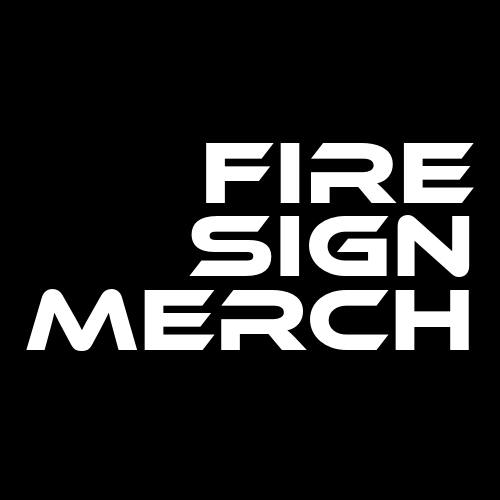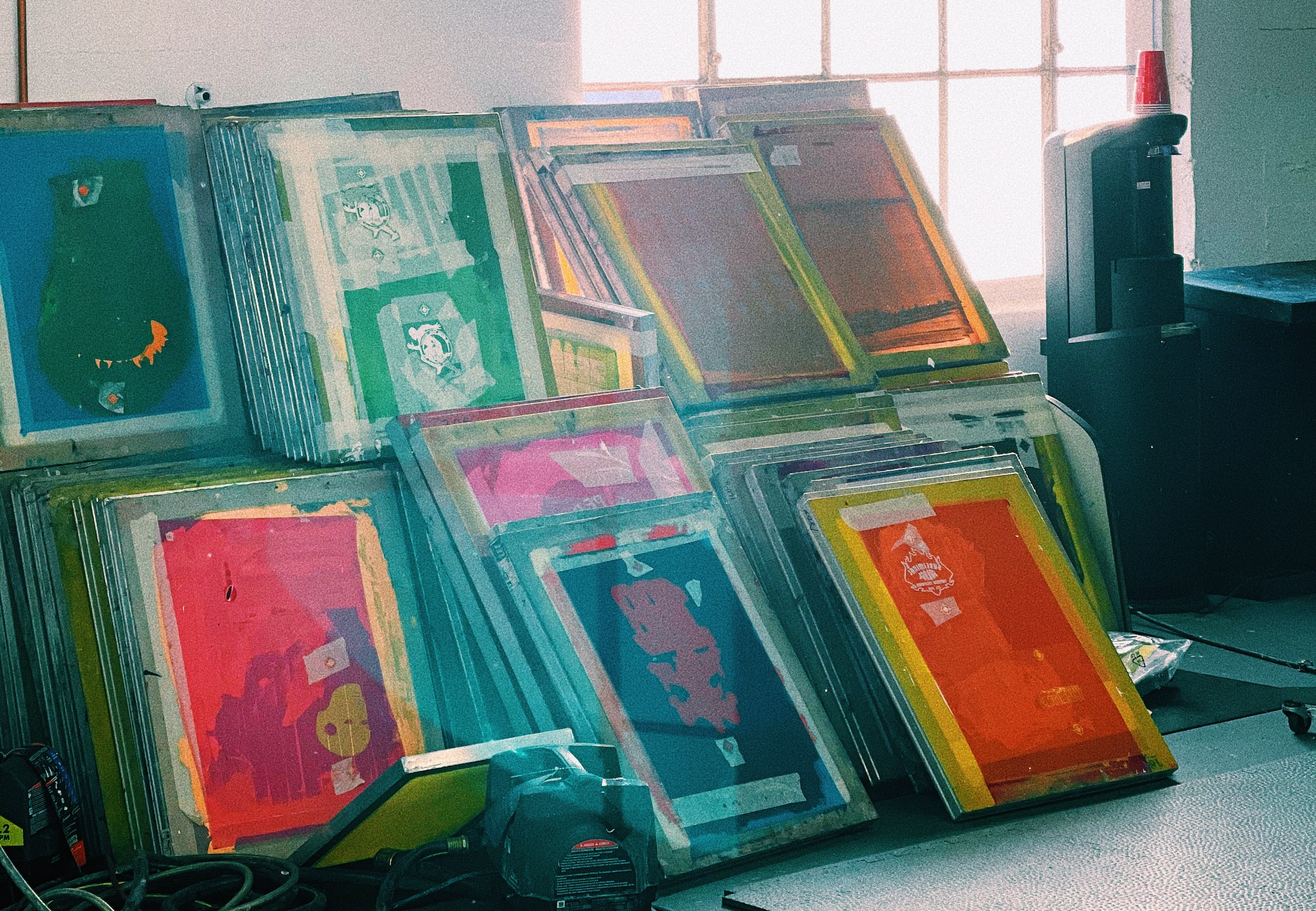Several factors influence the cost of screenprinting a design. Understanding these factors will help you save the most money on production, and maximize your profit margins when reselling your merch. Not everyone understands the screenprinting process, and subsequently doesn’t understand why the cost of producing a particular design may be cost-prohibitive. That’s ok, we are going to to discuss the most common gaps in knowledge around the production process and how you work with us in the most economic way possible.
Number of Colors in Screenprinting:
Each color in your design requires us to burn a new, separate screen. To do this we coat the screens for your design with an emulsion, and literally “burn” your design into the screen. This takes time and materials, and removes a screen from our rotation. This labor is covered under your setup costs.
Screen Reclamation in Screenprinting:
Understand the impact of screen reclamation on costs. Simplifying the design or reducing the number of colors may decrease the need for frequent screen changes and associated labor costs.
Print Location in Screenprinting:
Just the same as with additional colors, additional print locations require additional screens to be burned, additional emulsion and ink to be used, and additional time for your garment to take up space on the line.
Order Quantity in Screenprinting:
Higher quantities help distribute setup costs across your total order more effectively, resulting in a lower cost per unit. This factor underscores the importance of considering the overall order quantity, but remember that over-ordering will ultimately not save you money. For maximum cost-effectiveness, you want to produce the highest quantity possible without exceeding the demand of your followers.
Print Size in Screenprinting:
Due to the need for larger screens and more ink, oversized prints will result in higher material and labor costs. In some cases oversized prints may also require specialized equipment, which can affect costs.
Complexity of Design in Screenprinting:
Highly detailed or intricate designs may require more screens and careful screen alignment during the printing process.
Type of Ink in Screenprinting:
Most designs are printed using plastisol ink, but a wide variety of ink options exist. Specialty inks (metallic, glow-in-the-dark, puff print, etc) are typically more expensive than standard inks. Differentiating costs may also apply to water-based and discharge inks.
Type of Garment in Screenprinting:
Printing on textured or delicate fabrics may require additional precautions or expertise.
Turnaround Time in Screenprinting:
Depending on how full our production calendar is, rush orders to facilitate tight turnaround times may incur additional fees. This is due to expedited production schedules and potential overtime for the printing staff.
Artwork Preparation in Screenprinting:
Providing print-ready files and following recommended guidelines will minimize the need for graphic design fees and extended lead time before heading to production. Vector files are best, PNG or AI files also work. Keep in mind it is not only the format of the art file that is critical, but we must also have the correct number of colors, correct fonts, and final images represented in the design.

